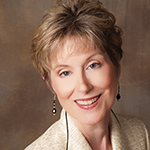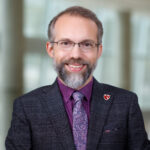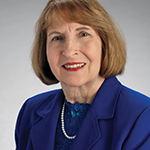“We’ve made gains, we have a seat at the table, and we have a voice,” she said.
That increased role comes with a caveat, though, she said, because there are no ARP-specific committees, so the ARP has to remain attentive to leadership development opportunities and to meeting the variety of needs of its diverse membership.
Panelists drew attention to the opportunities and challenges that lie ahead, asking that the audience become involved and volunteer to be an ARP representative on a committee, or to review abstracts, or just to speak up and help the ARP grow.
“When you go back home, talk to your colleagues and see if you can recruit them into the membership,” Dr. Brady said.
Gregory Gardner, MD, the Annual Meeting Planning Committee Chair, also encouraged ARP members to be even more engaged.
“Convergence is primarily a scientific meeting,” he said, “but we’ve noticed over the years that the number of abstracts submitted from the ARP has decreased. So I encourage you to submit your science to this meeting. We want to hear about what you’re doing and how you’re moving the field of rheumatology forward.”
He also encouraged members to bring new professionals into the fold.
“Bring your students and get them involved in your research and bring them to the meeting so they get that identity.”
 Thomas Collins is a freelance medical writer based in Florida.
Thomas Collins is a freelance medical writer based in Florida.
References
- Moncur C. Introduction: revisiting the sacred cows. Arthritis Care Res. 1994 Dec;7(4):167–8. doi: 10.1002/art.1790070402.



